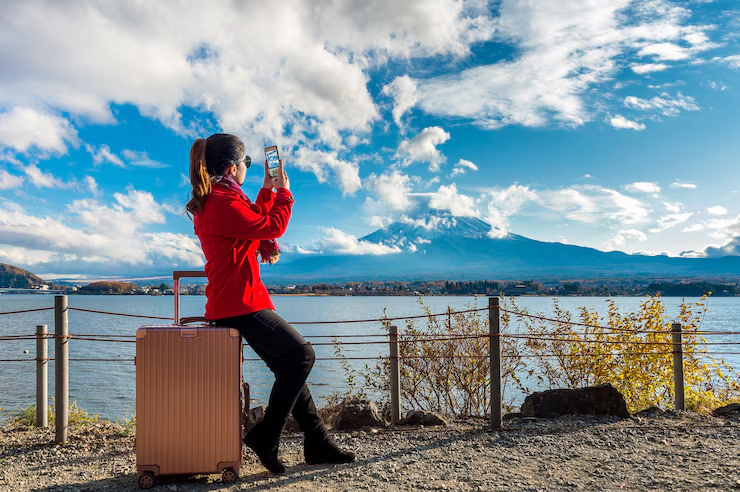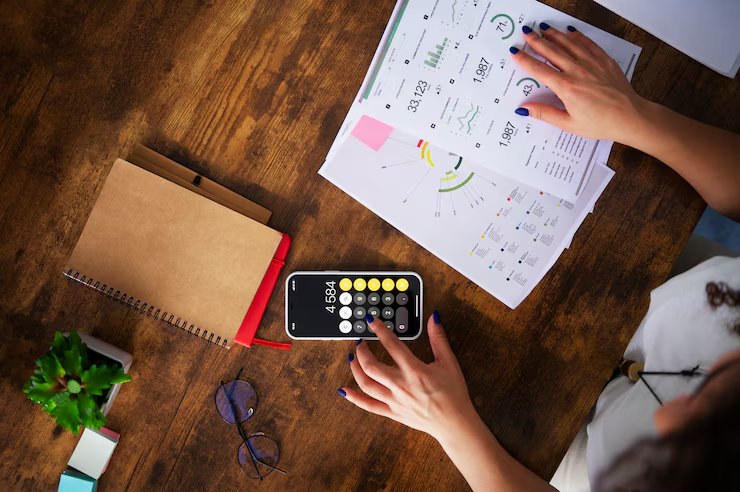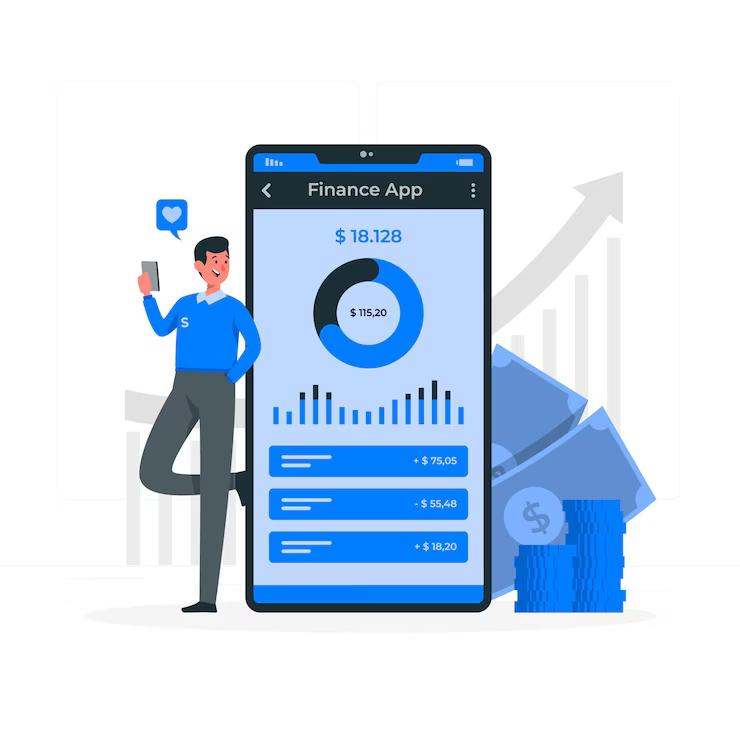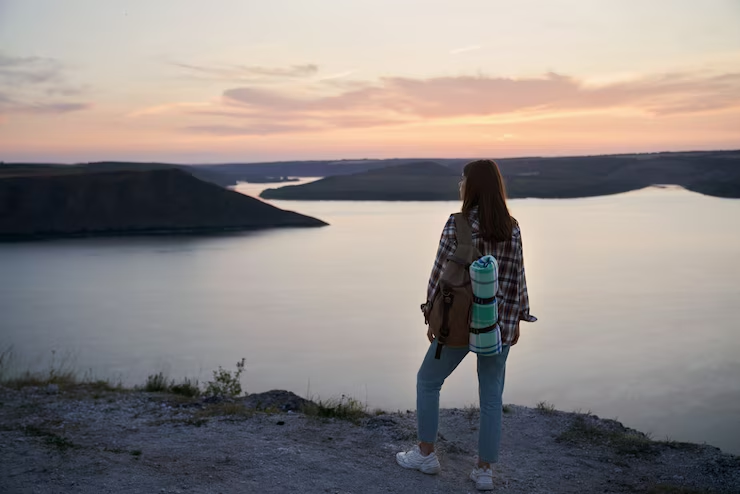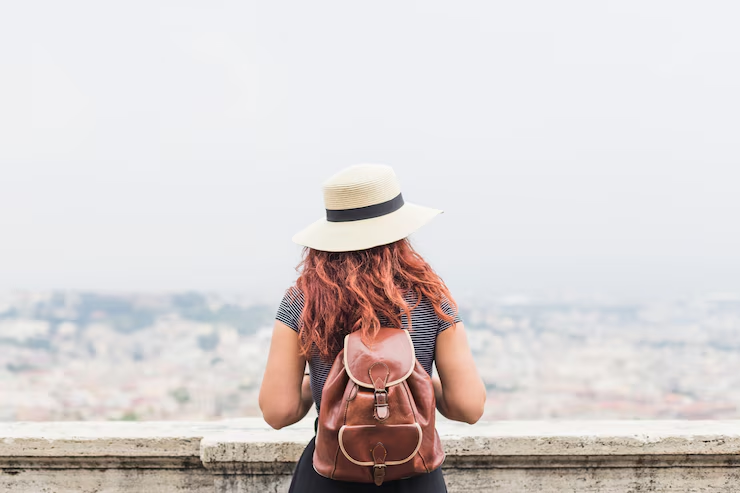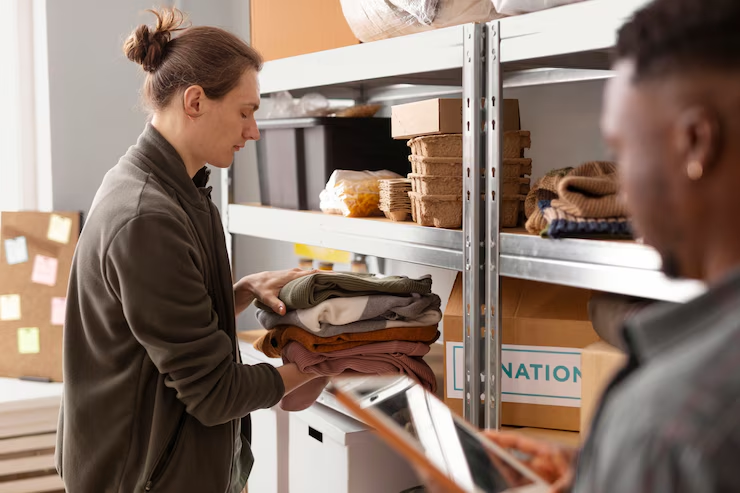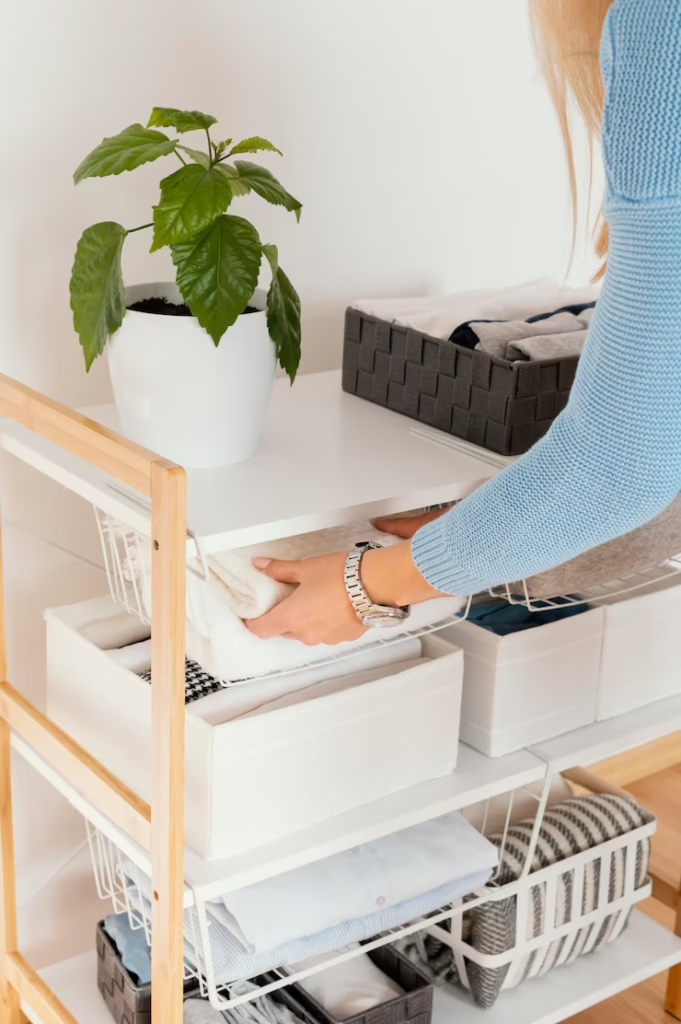Planning a budget-friendly solo trip to Europe can feel hard. But with a clear plan, you can make it work. You will learn how to save money on travel, stay safe, and have fun on your own.
Why a Budget-Friendly Solo Trip to Europe Works
Traveling alone lets you move at your own pace. You can pick places you like. You can eat what you like. You can change plans on the go. And you can save money if you plan well. Plus, you learn more about yourself when you travel alone.
How to Set Your Budget
First, you need to know how much you can spend. Write down your total funds. Then split it into categories: travel, stay, food, fun, and extras. Use a simple table to track each part. This helps you see where you spend most.
- Travel: plane, train, bus
- Stay: hostel, budget hotel, shared flat
- Food: cooking, street food, cheap cafes
- Fun: museums, parks, local shows
- Extras: gifts, laundry, phone data
Picking the Best Time to Go

Source: Freepik
Airfare and stay costs change by season. You save more if you go in spring or fall. Summer is high season. Prices go up. Winter can be cold. But you find deals after holidays. Check flight sites two to three months ahead. Set price alerts. This way, you catch a low price.
Finding Cheap Flights
Use flight search sites. Try at least three. Clear cookies or use private mode. Fly midweek. Tuesdays and Wednesdays often cost less. Also, check nearby airports. A small drive to a different airport can save a lot.
Saving on Trains and Buses
Once in Europe, you can move by train or bus. Buses often cost less. They run between big cities and small towns. Book in advance online. Look for passes. For example, a rail pass might cost less if you ride a lot. But do the math. Sometimes single tickets cost less if you ride few legs.
Choosing Budget-Friendly Solo Trip to Europe Stays
Hostels and Shared Rooms
Hostels can be your best friend on a budget. They cost less than hotels. You meet other solo travelers. You can share a room or pick a private room. Private rooms cost more but still beat many hotels. Use hostel sites to read reviews. Pick a place near a metro or bus stop. This saves time and money on transport.
Budget Hotels and Guest Houses
Budget hotels or guest houses offer simple rooms. They may include breakfast. Compare prices on hotel sites. Use filters to sort by price and guest rating. Read the fine print for extra fees.
Short-Term Flat Rentals
Sites like home-sharing can save you money if you stay in one place for many days. You get a kitchen. You cook meals. This cuts food costs. But watch the cleaning fee. It can add up.
Eating Cheap and Well
Food can eat up your budget fast. You can save by cooking simple meals. Shop at local markets. Buy bread, cheese, fruit, and veggies. Make sandwiches for lunch. Eat street food. It often costs a few euros. Try local markets for a meal. They offer hot meals at low prices. Also, pick cafes off the main square. They cost less.
Free and Low-Cost Activities
Europe has many free sights. Parks, churches, and city views cost nothing. Walk the old town. Join free walking tours. They work on tips. You pay what you can. Look for museum free days. Many cities offer one free day per month. Plan around that.
How to Stay Safe on a Budget-Friendly Solo Trip to Europe

Source: Freepik
Traveling alone can feel risky. But you can stay safe with smart moves:
- Share your plan. Tell a friend your route.
- Use apps to share your location.
- Keep copies of your ID and tickets.
- Use a money belt or hidden pouch.
- Avoid empty streets at night.
- Learn a few words in the local language. It helps in a tight spot.
Money Tips for a Budget-Friendly Solo Trip to Europe
Carry some cash in euros. Not all places take cards. But use your card for big buys. Use a card that has no foreign transaction fee. Check ATM fees. Take money out in one or two big amounts to cut fees.
Packing Light and Smart
A small bag saves you money on budget airlines. You can avoid extra fees. Pack clothes you can wash in a sink. Bring a quick-dry towel. Wear your bulkiest items on the plane. Use packing cubes to stay neat. Bring a power bank. It keeps your phone charged for maps and calls.
Conclusion
A budget-friendly solo trip to Europe is possible. You just need to plan. Set a clear budget. Pick low season. Find cheap flights and stays. Cook some meals. Use free sights. Stay safe. Travel light. Use tech. With these steps, you can enjoy Europe on your own and on a budget. Pack your bag. Start your trip. You will make memories and keep your wallet happy.
